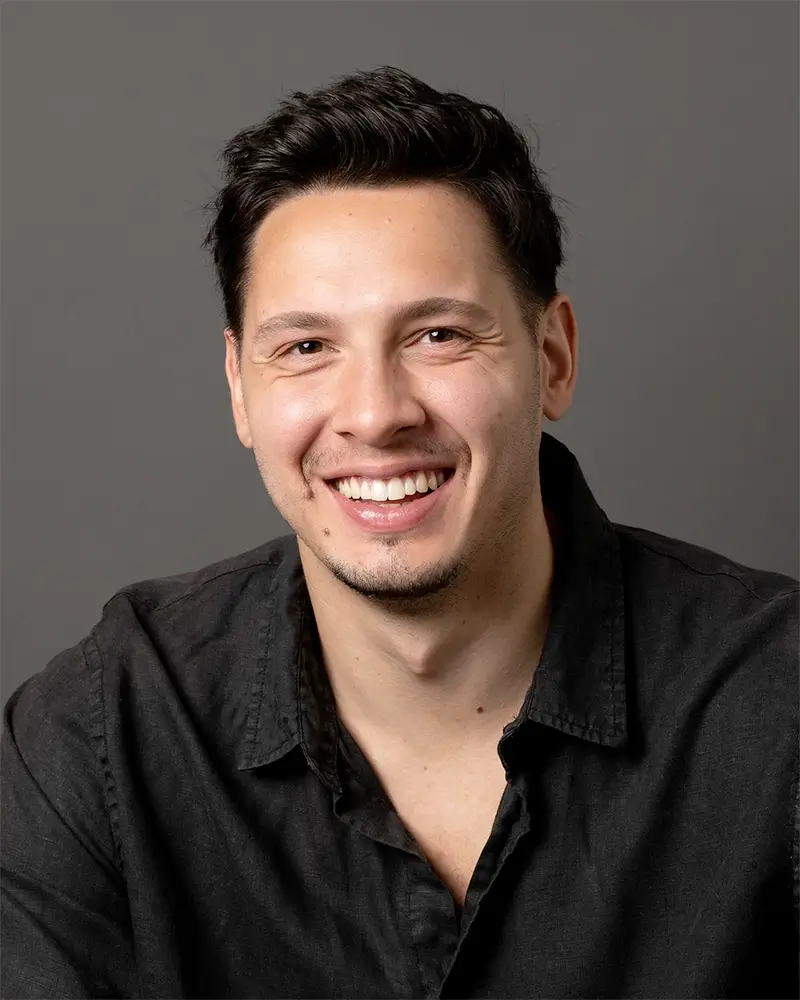Steven Stanley Manolakis is an award-winning fine art aerial landscape photographer, celebrated for his captivating images of Australia’s wilderness from above. His work has earned over 110 international photography awards and has been exhibited worldwide.
Beyond photography, Steven is a philosophy student at Sydney’s Macquarie University. When not studying, he’s soaring the skies in helicopters or small planes, continually adding to his collection of masterpieces and accolades.
Artist Statement:
As an aerial photographer, I hire fixed-wing aeroplanes and helicopters to capture remote landscapes from above. I prefer working with a medium-format camera during flights to ensure the highest possible image quality. This approach allows me to print and frame my artwork in large dimensions, highlighting the intricate details and textures of the landscapes I photograph. My images blur the line between photography and fine art, with surfaces that resemble brushstrokes and colours that evoke the essence of a painted canvas.
My work is deeply personal, inspired by a beautiful girl I once met and fell in love with. Although we are not together, she remains someone special to me. Through my photos, I strive to capture the feelings she evokes in me. As I soar above vast landscapes, I seek out distinct natural features—things that remind me of her beauty, personality, and the profound impact she has had on me.
